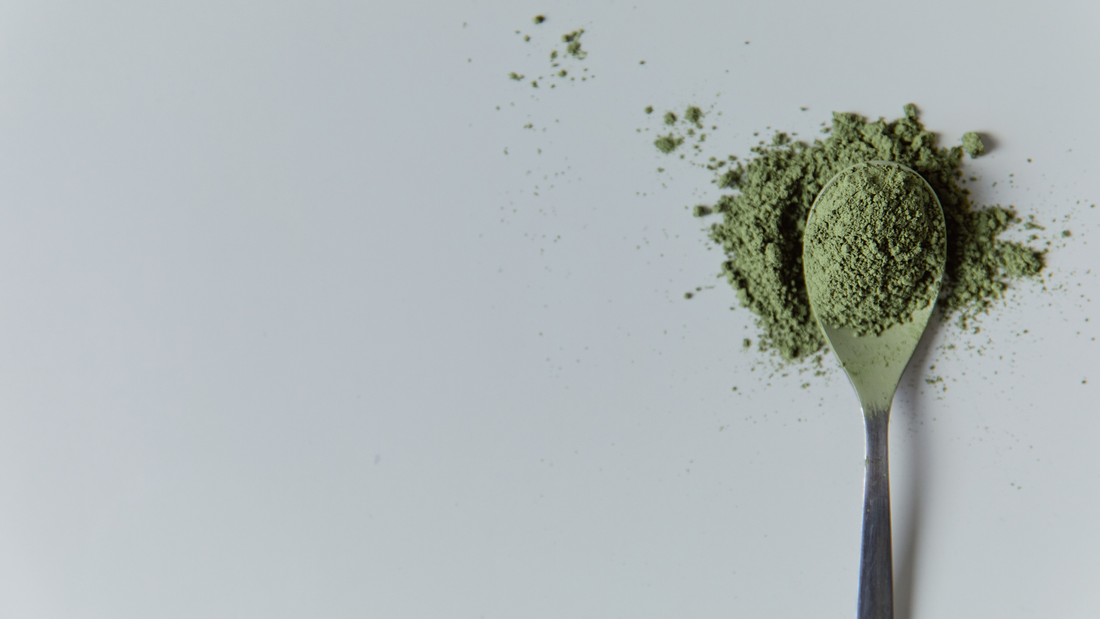
The Science of Gut Health and Energy
Modern life often leaves us drained, unfocused, and running on caffeine. We chase energy through quick fixes, yet lasting vitality begins not in the mind, but in the gut.
Your gut is more than a digestive organ — it’s a dynamic ecosystem that communicates with your brain, regulates metabolism, and influences your mood. Researchers now call it our second brain for a reason.
The Gut–Energy Connection
The gut and brain communicate through the gut–brain axis — a two-way network that uses neural, immune, and metabolic signals. This communication influences how we digest food, manage stress, and maintain steady energy.
A balanced gut microbiome — the trillions of microorganisms living in your intestines — helps extract nutrients, modulate inflammation, and regulate hormones that control mood and focus. When beneficial bacteria thrive, they break down dietary fibers into short-chain fatty acids (SCFAs) such as butyrate, acetate, and propionate.
These metabolites strengthen the gut barrier, improve insulin sensitivity, and enhance mitochondrial efficiency — all key for sustained energy.
However, stress, poor diet, and lack of fiber can disrupt this balance. When harmful bacteria dominate, inflammation increases, nutrient absorption declines, and fatigue sets in. Supporting a healthy microbiome is, therefore, essential for maintaining both physical and mental energy.
How Plants Power the Microbiome
Plant-based fibers and phytonutrients feed the beneficial bacteria that produce energy-enhancing metabolites. Two of the most effective prebiotic ingredients are psyllium husk and chicory root.
Psyllium provides soluble fiber that absorbs water, supports digestion, and stabilizes blood sugar. Research shows it can improve lipid profiles and promote healthy metabolism (Pal et al., 2011). By enhancing nutrient absorption and reducing blood sugar fluctuations, psyllium delivers more consistent, sustained energy.
Chicory root contains inulin, a natural prebiotic that increases populations of Bifidobacteria — beneficial microbes linked to improved digestion and mineral absorption (Scholz-Ahrens et al., 2007). Inulin not only promotes gut health but also boosts the body’s ability to absorb calcium and magnesium, which are essential for energy metabolism.
Alongside prebiotics, calming botanicals like chamomile act through the gut–brain axis to reduce inflammation and stress-related digestive discomfort. Compounds such as apigenin offer mild anti-anxiety and anti-inflammatory effects, helping the gut remain balanced and receptive (Srivastava et al., 2010).
When your gut ecosystem is nourished with plant fibers and calming herbs, your energy becomes steady and resilient — not reactive or easily depleted.
The Hidden Link Between Stress, Digestion, and Fatigue
Chronic stress weakens the gut barrier and alters the microbiome’s composition, which reduces nutrient uptake and increases inflammation. Elevated cortisol disrupts sleep and blood sugar balance, creating cycles of exhaustion and cravings.
Improving gut health helps break that cycle. A well-fed microbiome supports serotonin production, stabilizes mood, and restores the body’s natural rhythm between energy and rest (Mayer et al., 2015).
By restoring microbial diversity and reducing systemic inflammation, you don’t just feel calmer — you recover the energy your body already knows how to make.
Energy You Can Feel — and Sustain
Unlike stimulants that spike and crash, nourishing your gut builds sustainable vitality. A balanced microbiome increases nutrient absorption, supports hormone balance, and strengthens immune resilience. People who prioritize gut health often notice improved focus, better sleep, and steadier energy throughout the day.
This approach transforms how your body creates energy — not by adding more inputs, but by optimizing how you use what you already have.
Wellsprout’s Perspective
At Wellsprout, we believe true energy starts with the gut. Our blend of prebiotic fibers, antioxidants, and soothing botanicals nourishes your microbiome, stabilizes digestion, and helps your body produce clean, natural energy.
Each ingredient — from chicory and psyllium to chamomile — plays a role in reconnecting modern nutrition with biological balance.
Because wellness isn’t about stimulation; it’s about restoration.
And every step toward better energy begins within.
References
- Cerdó, T., Ruiz, A., Suárez, A., & Campoy, C. (2019). Human gut microbiota and its relationship with metabolism and health. Current Opinion in Clinical Nutrition & Metabolic Care, 22(6), 471–477. https://doi.org/10.1097/MCO.0000000000000622
- Koh, A., De Vadder, F., Kovatcheva-Datchary, P., & Bäckhed, F. (2016). From dietary fiber to host physiology: Short-chain fatty acids as key bacterial metabolites. Cell, 165(6), 1332–1345. https://doi.org/10.1016/j.cell.2016.05.041
- Mayer, E. A., Tillisch, K., & Gupta, A. (2015). Gut/brain axis and the microbiota. The Journal of Clinical Investigation, 125(3), 926–938. https://doi.org/10.1172/JCI76304
- Pal, S., Khossousi, A., Binns, C., Dhaliwal, S., & Ellis, V. (2011). The effects of psyllium on lipoproteins in overweight and obese individuals. British Journal of Nutrition, 106(5), 717–724. https://doi.org/10.1017/S0007114511000738
- Scholz-Ahrens, K. E., Schaafsma, G., van den Heuvel, E. G. H. M., & Schrezenmeir, J. (2007). Effects of prebiotics on mineral metabolism. The American Journal of Clinical Nutrition, 85(5), 1231S–1243S. https://doi.org/10.1093/ajcn/85.5.1231S
- Srivastava, J. K., Shankar, E., & Gupta, S. (2010). Chamomile: A herbal medicine of the past with a bright future (Review). Molecular Medicine Reports, 3(6), 895–901. https://doi.org/10.3892/mmr.2010.377